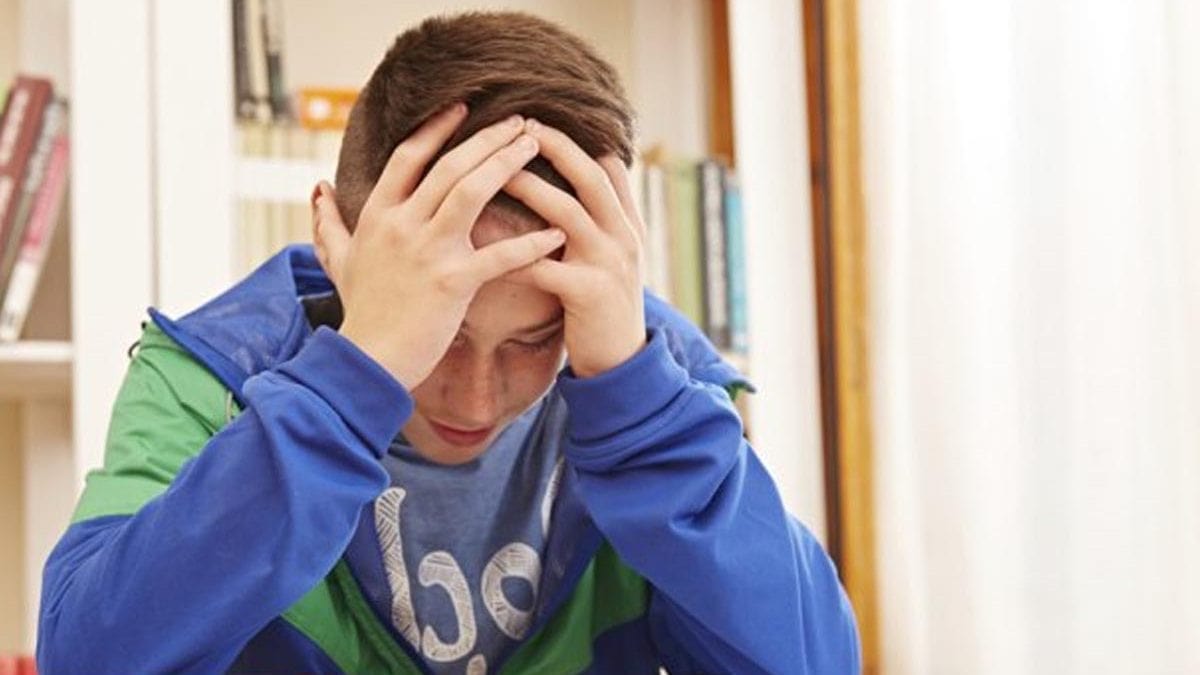
What is Multiplicative Thinking
Multiplicative thinking is characterised by
– a capacity to work flexibly and efficiently with an extended range of numbers (for example, larger whole
numbers, decimals, common fractions, ratio, and per cent),
– an ability to recognise and solve a range of problems involving multiplication or division including
direct and indirect proportion, and
– the means to communicate this effectively in a variety of ways (for example, words, diagrams, symbolic
expressions, and written algorithms).
In short, multiplicative thinking is indicated by a capacity to work flexibly with the concepts, strategies and
representations of multiplication (and division) as they occur in a wide range of contexts.
Multiplicative thinking is characterised by
- a capacity to work flexibly and efficiently with an extended range of numbers (for example, larger whole numbers, decimals, common fractions, ratio, and per cent),
- an ability to recognise and solve a range of problems involving multiplication or division including direct and indirect proportion, and
- the means to communicate this effectively in a variety of ways (for example, words, diagrams, symbolic expressions, and written algorithms).
- In short, multiplicative thinking is indicated by a capacity to work flexibly with the concepts, strategies and representations of multiplication (and division) as they occur in a wide range of contexts.
Based on my experience in Maths teaching for over 30 years, I find that earlier the students move on from additive thinking to multiplicative, the better outcomes are achieved.
When I ask children to recite their times tables, they are doing forward counting to get the values .This is actually not acceptable. It is one thing to understand the relationships between addition and multiplication, however, times tables are to be learnt by heart. The situation is actually worsened by the use of calculators which is even recommended in textbooks of Australian curriculum.
Some people might still argue that times tables can be worked out if you understand the numbers and counting patterns. I’ve noticed that children who try to do this particularly in an exam setting under time constraints, will be severely crippled by resorting to an alternative that is not time efficient and productive.
Undoubtedly , additive concepts are the so called baby-steps as a child learns to explore, understand ,comprehend the surroundings, however most of the children keep wandering in the world of addition (subtraction).They find it hard to fully transition to the multiplication( division word). Consequently they find it hard when they are a simple problem of Math and need a calculator to work out. They get stressed if you give them slightly bigger multiplication questions.
An article- Why rote-learning the time tables is still vital, lays emphasis on rote learning of time tables.
The article accepts that we need to have more skills at our fingertips than just knowing the times tables by heart, but once we know them, problem-solving becomes so much easier and faster.
Let’s start working on improving our children’s mathematical abilities. Transition from Additive thinking to Multiplicative thinking is imperative.



 Make My Website
Make My Website